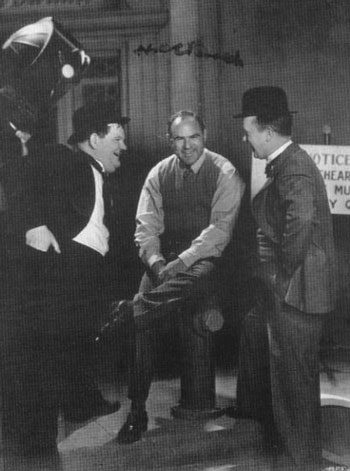
1986. Reagan was president, Donald Trump was still a real estate developer, and I had the good luck to attend a lecture by renowned silent film producer Hal Roach. The event was held at the National Film Theater in London and moderated by film historian and biographer David Robinson. During the evening, Hal Roach discussed his long and illustrious career, which included producing films starring Harold Lloyd, Laurel & Hardy, and many other comedians.
As a member of the audience, I took notes of Mr. Roach’s remarks, but knew I was going to have a hard time remembering much of what was said, and wondered if I would ever hear this talk again in any kind of recorded medium. I recently discovered that the N.F.T. had an audiocassette of the event, so in April 2019, I returned to the National Film Theater and transcribed this lecture. I am posting essentially the lecture as Roach gave it in 1986.
I edited this speech for clarity but not for accuracy. Hal Roach, 94 years old in October 1986, gave this talk extemporaneously, so it is not surprising that he made mistakes, especially in remembering events that happened over fifty years prior to his appearance that evening.
I consider this post a “work-in-progress” and plan to add corrections as they are noted. I also enlisted the help of Richard Bann, a friend of Hal Roach, who was present during this interview. With his help, I have reviewed details of the interview. Some of these stories are no doubt repeated in previous biographies of Roach, I’ll give credit to these sources if a reader sends me the citation. Finally, I would be grateful to hear from anyone with more information about Hal Roach’s explanation of how the ‘eating the shoe’ sketch was turned into Chaplin’s classic scene in The Gold Rush, one of my favorite stories from this lecture that took place over thirty years ago. And thanks to Kevin Brownlow for looking over this interview before I posted it, doing this piece made me appreciate his oral history of silent cinema, The Parade’s Gone By, even more, if that is possible.
And here is, An Evening With Hal Roach—
David Robinson: “Good evening, ladies and gentlemen—I think it’s absolutely impossible to say any words adequate to introduce our guest tonight. In a phenomenal career of seventy years, he must have created more laughter than anybody in the history of the world. And here—Hal Roach”
Hal Roach: At 94, they better let me sit down pretty soon.
Robinson: That was a nice reception.
Roach: It was a lovely reception, much better than I’m entitled to.
Robinson: I said you had a 70-year career, but your career really goes back most of 80 years. Very few of us here tonight have ever had the privilege of coming face to face with somebody who remembers one of the great gold rushes. When you were sixteen years old, you went to Alaska, why did you leave a nice warm home in New York to go to Alaska? And what did you see there?
Roach: In the first place I was one of the lousiest students ever in New York. They asked me to leave the public schools, which I did and went to a Catholic school, and they asked me to leave that and I went back to the public schools, at sixteen, I quit school and worked on a mail car on a train.
Anyway, I was told by my father I should go see my aunt in Seattle and come back to work as a train engineer and “live happily ever after.” So I went to see my aunt in Seattle—but when I got there, I found out they were shipping men to Alaska to work and build the railroad.
You could work to pay off your trip, and they gave you a ticket to come back in October, and so I couldn’t pass up a deal like that.
On the boat, they told me about how bad the job was that I had signed up for—you had to buy all new clothes because of the rain and all, so it took your first monthly paycheck to pay the commissary for the clothes you needed to buy, and so there was no money, and then you had to wait for the money until after the second month, or later.
When I heard about this, I didn’t want the job anymore. When my boat stopped at Valdez—this was 1908—I sneaked off the boat and got a different job than the one I’d signed up for. Then when I started back home, I got an even better job—three times I got a better job until my ticket expired and I couldn’t use it. So I missed my chance to go back that October. It was cold and I was very homesick
I finally found my way back to Seattle, where I worked driving an ice cream truck—these were new trucks with pneumatic tires and one truck took the place of four teams of horses, I eventually became a demonstrator for these trucks, and went to LA as a salesman and then got hired as a foreman of a truck company.
From there I became a superintendent of trading and pipe company—worked with three hundred horses and mules—was boss of my crew at only 20 years old. This pipe company got a contract to lay seven miles of pipe under LA streets, and as the crew boss, I was on horseback all the time. So like any kid from Elmira, New York, the first thing I did was go out and buy cowboy boots, a Stetson hat and a bandana. Because now I was a cowboy.
When this job was done, I was getting ready to work for another construction company. But then I saw an ad in a Los Angeles paper that said, Wanted: Men In Western Costume—Be in front of the Post Office at 7 a.m.—those taken will be paid the carfare and lunch.
The money wasn’t much, but that part of it didn’t interest me. The only thing I wanted to do was see how they made motion pictures.
That morning there were three hundred men in front of the post office, and only about seventeen were chosen, including me. Why they picked me, I don’t know, because my costume wasn’t very Western. Instead of going to a ranch, they sent me to Universal Studio and there was a big bar and in the bar a roulette table. I had watched them play roulette for many nights when I was in Seattle, so when I saw them doing it wrong on the set, I explained things to them like which way the ball was supposed to spin. The director heard me talking and came up.
Director: What you know about roulette?
Roach: I know roulette—what do you want to know?
Director: In this scene, a young man has to win a lot and then lose a lot. You’re too young to be the croupier, so you stand near him and tell him what to do.
At three o’clock that afternoon, a man said: ‘What’s your name? I told him, and he said, ‘Be here at 8 o’clock tomorrow morning.’ I said, ‘But I was told to be at the post office tomorrow morning—he said, ‘I don’t care where you were before, now you are an actor, be here at 8 o’clock.’ I said, ‘What does it pay? ‘Five dollars a day.’ Now in 1912, five dollars a day, and working only from 8 to 4 p.m. was good pay.
After that, I learned about a ranch where they made films, and where you could stay overnight. People there could be dressed as cowboys and Indians, or wear blue or gray uniforms—you could stay there, hang around, and learn the business. Of the sixteen or so people there at the ranch when I was there, a lot of them went on to have important roles in the business.
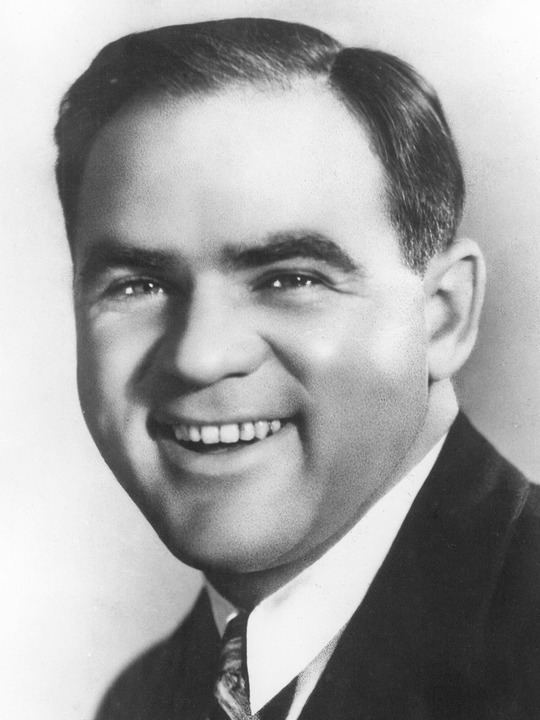
Robinson: In 1912 you walk into a film studio, and by 1915 you own part of your own studio, and in a year or two, you are one of the most important producers in Hollywood. Was it usual in Hollywood for people to move as fast as that?
Roach: There’s a thing called luck, and I had an awful lot of that. I was such a lousy student in school that when I got into the comedy business, I studied: Why do people laugh, and what did they laugh at? There was probably room in my brain for it because I simply hadn’t learned anything else before that.
Robinson: How much acting did you do in your own pictures?
I did stuff like being in a crowd scene in a Laurel & Hardy film, and as an extra, things like standing on a yacht. I did occasional roles; I did a film with J. Warren Kerrigan, who was a big male star … I played a heavy in Rory o‘ the Bogs, where I aged from twenty to sixty—I never saw the picture until it screened in the theater, and when I did, I looked the same at sixty as I did at twenty, except I had painted lines on my face and talcum powder in my hair. That was the way you aged in those days.
Robinson: Harold Lloyd was your first big success.

Harold Lloyd while he was still Lonesome Luke.
Hal Roach: We were extras at Universal. Lloyd was a dedicated actor and very clever. You have to understand that everyone had a different way of talking to the assistant director when trying to get a job. The way Lloyd did it was that he had a photographer friend take thirty pictures of him in every possible role—so whatever kind of character the assistant director wanted, Lloyd had a picture to show him. Lloyd’s first character was a lot like Chaplin, then came Lonesome Luke, and then came the ‘guy with the glasses.’
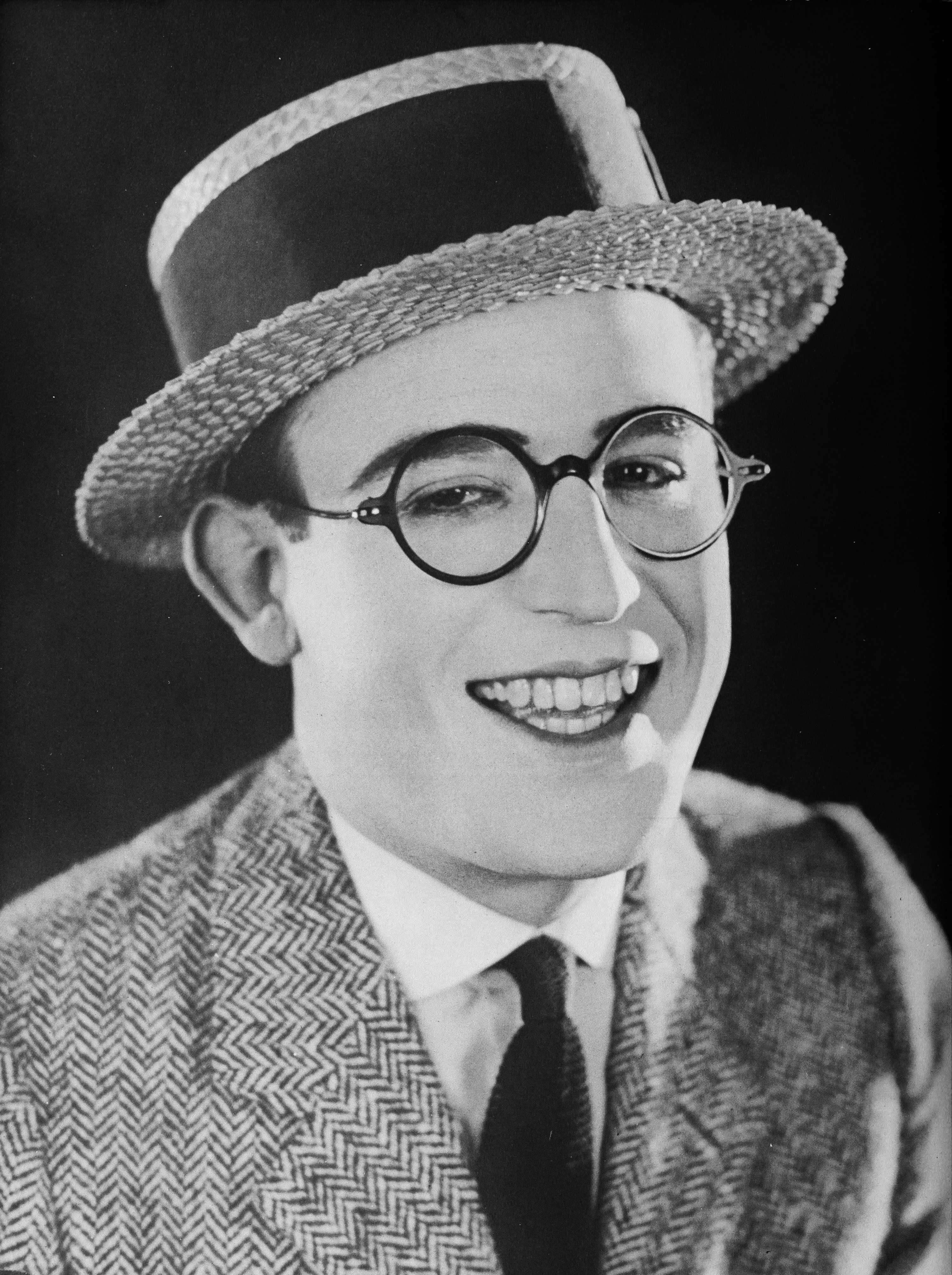
Harold Lloyd was a great actor. If he was running, he was running as fast as he could, if he was fighting, he was fighting badly but as hard as he could. All the energy he had was to do whatever he was doing. That was the basis of his character.
Robinson: Tell us about Laurel and Hardy.
Roach: Babe started as a heavy, the guy who got hit by a pie. I thought he was funny. Stan Laurel’s eyes didn’t photograph well, his eyes were too light, so he became a writer. Months later, cameraman George Stevens used a new kind of film and we got him photographed so it would work. Then they made Putting Pants on Phillip, we knew we had something important. It was funny then and it’s still funny today.
Most teams were a funny man and a straight man, but Laurel and Hardy could play either way. That meant you could cut to either Laurel or Hardy and get a second laugh, sometimes even a third laugh.
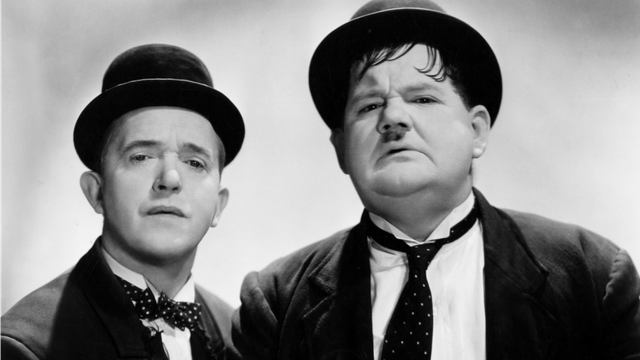
Robinson: Tell us about Chaplin.
When Chaplin was working for Essanay (and then Mutual Studio), he lived in the Los Angeles Athletic Club. I was there too, we had dinner about half the week, we were very close. Chaplin asked me to have lunch with him whenever they filmed on location and away from the studio. I said sure, and later learned that Charlie had in his contract that if they went on location, the company would pay all the meals for Charlie and his friends.
Charlie would see something he liked, he’d learn about it, and then use the gag in his pictures, but find a way to make it funnier. And Chaplin had trained with Karno from England, so he knew a lot of English music hall and vaudeville routines. An example of this is in The Gold Rush, when Charlie eats his shoe. It was one of the funniest things in the picture. The basic routine is from an old vaudeville act about a bunch of tramps under a bridge who are always hungry, and one of these tramps only has one leg and he has the other shoe around his neck.
As he’s getting ready to go to sleep, the other tramps talk him into eating his shoe and sharing it with them. And as the act goes on, they tell him he can have the tongue, which is the best part, and then they cut the shoe up. The only funny thing to me in the act is how it ends, because when the shoe is all eaten, and everyone says how good it tasted the one-legged man discovers the other tramps have talked him into eating the wrong shoe!
So Charlie used this gag in The Gold Rush, but in his own way, and made it much funnier than the original vaudeville sketch.
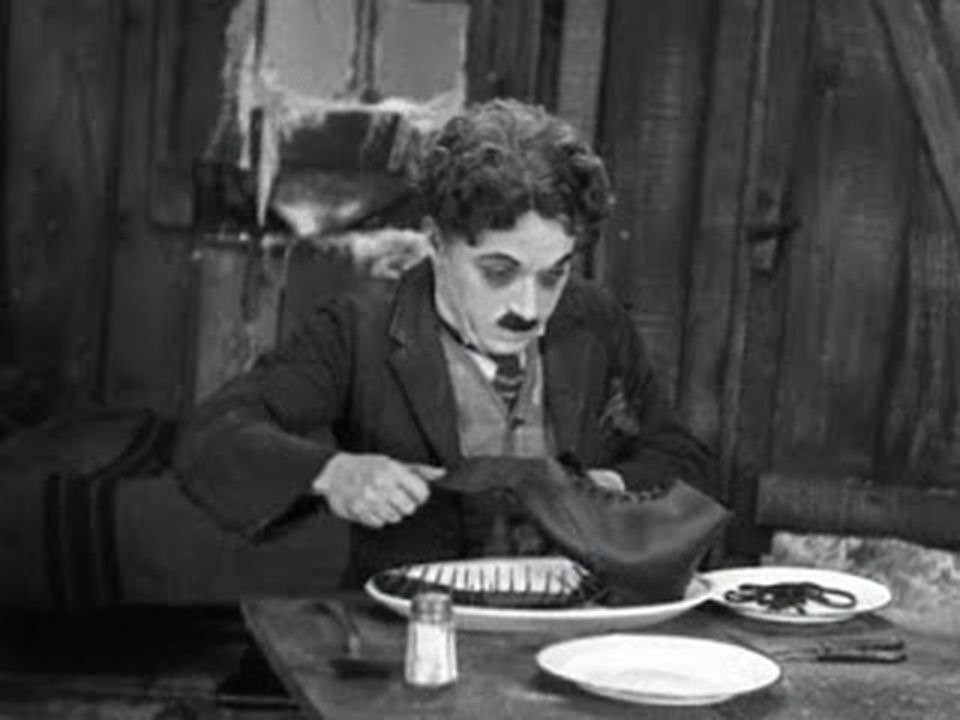
When we first met, Charlie Chaplin had a pair of grey pants and a coat, he was in the U.S. for three years and he was still wearing the same suit. Then I left to make pictures for Pathé, and when I came back I showed Charlie a suit I’d bought, a silk suit for 15 dollars, but I couldn’t get him to buy one.
That changed with Paulette Goddard. Charlie owned a house and for two years he didn’t put any furniture in it, then he married Paulette and she was socially minded and she started putting furniture in it and inviting big shots like Winston Churchill … they would call her and get invited to these dinners. These are the most intellectual people, and they talked about important things.
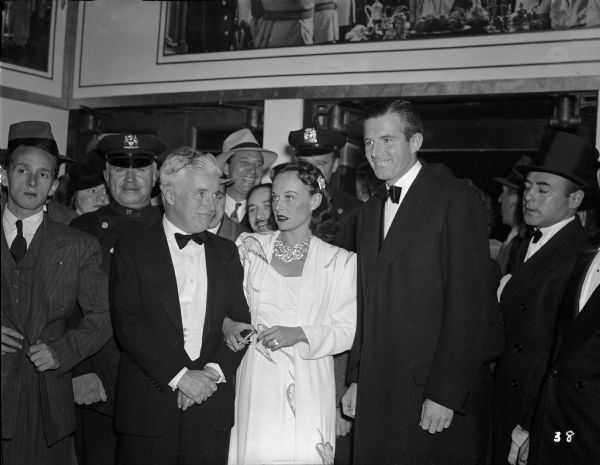
I was invited too. I liked playing tennis—then they asked, Mr. Chaplin what do you think of the China situation. It didn’t make a difference in any way what he said, they would respond, “Oh, Mr. Chaplin, that is amazing! Did you hear what he said?” This goes on and on, and after all these big shots keep telling him how smart he was, he began to believe it and after a while, he’d step right in and say, “I say it’s the German thing ….”
He was criticized because he kept his English citizenship and then he said he was a citizen of the world. He was no more communist than I was, he never gave any money to anybody, how could he have been a communist? He liked the U.S. very much, he liked to live there, it was very sad when he left. E.F. Hutton was a big brokerage house in the U.S. he was the only customer they ever had that bought stock constantly and never sold one share. Until he went to Europe, they had no record of them ever selling any stock that he bought. So he must have been pretty well off when he got to wherever he went.
(the discussion moves to why he went to England and a possible film deal)
Hal Roach: If I was fifty years younger, I would come to London to make films. Why? Well, Hollywood says to everyone that because the taxes are so bad in England, you should go to the U.S. to make films. Say you are making two feature pictures, with a forty-week contract, then you say to your star, you get $10,000, how much less would you take by taking a percentage of your picture? Producer, director will all get 50% income for five years, then money from TV and cassettes. So in Hollywood it’s all about money.
But I think it is possible to make pictures here, because everyone is interested in making a good picture, it’s not just about money. That is one of the things I plan to look into, and there is one other thing that is interesting and that is to learn more about these new cameras that work with tape. All towns do amateur theatricals, now here is an opportunity for an afternoon of soap operas, you go into those things, one of the toughest things you have to fight is stage fright, that’s the first thing you have to do. But in motion pictures it’s a joint thing, you work in a group, you need people of all ages to do this. Television eats up an enormous amount of material—they need good shows, you could double the shows and they would be profitable if they were good enough.
Audience Q&A:
Q: They want to make you president here.
A: Every year I get a wire from President Ronald Reagan congratulating me on my birthday, and I got to say he’s one of the best presidents … on television … that I ever saw … and I said on television. I never knew a man who had more friends than he had—one of the nicest guys I know or knew. But Ronald Reagan is an actor, people tell him what to do, they don’t tell other people what to do. I’m not going to say another word about it.
Q: After Laurel and Hardy left your studio, their films were not as good. If they had stuck with you, could they have prolonged their career?
A: Laurel & Hardy were great. But you have to understand, Chaplin has hurt more comedians than he’s helped because after him, all comedians want to do everything, write, direct, play all the parts. Stan Laurel was the best gagman after Chaplin there was, but when it came to figure out what kind of picture to make he was absolutely childish and the only thing I could do was tell them what to make was me, not because I wanted to but because I had to. Because Stan Laurel couldn’t do this—the ideas he had for a picture were not funny, but the gags he had were very funny. And the reason I had to let them go because he was so set he had to write the story along with gags, well, I couldn’t get along with him.
Q: Can you name some films you like made in England?
A: I like Chariots of Fire.
Q: What about Benny Hill?
A: I think if Benny Hill would get above the belt, he would be like Chaplin, I feel he could be the best comedian I’ve ever seen…but everything is dirty…why I have no idea, children make comedians, grownups don’t, but if you have children, you can’t take them to Benny Hill. He could be great. Why I don’t know…the audience he gets out of the dirty things is a very small one, really.
Q: Did Laurel and Hardy work quickly?
A: Laurel and Hardy would never photograph in the morning … in the morning, they would rehearse. About 25% that you write on paper that is funny, when you get the people together with the props, it doesn’t come off as funny as you thought it would. Many times you have to switch the things, sometimes completely move it out or do something new or change it so it will be funny, that’s when Laurel was exceptionally good in his ability to do these things.
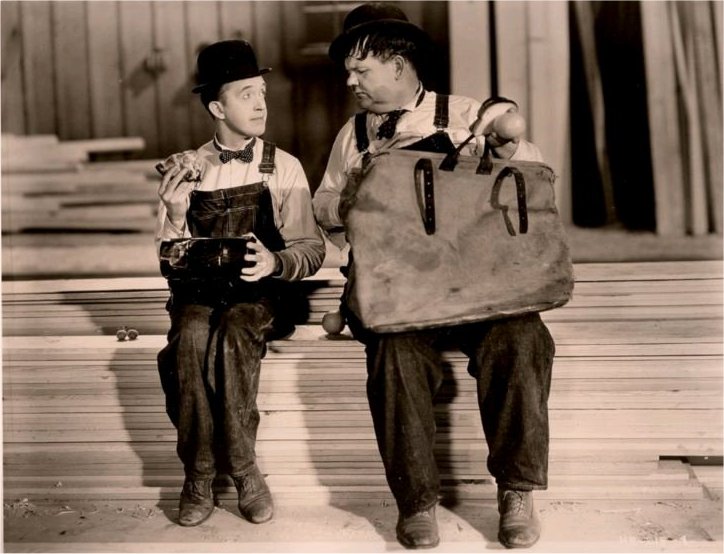
We made a two-reeler every month, the features they did were about equally the same in how they worked. They worked as fast as everyone else to make a picture, they were very business-like—they worked a full day and into the night as necessary. I never had any complaint about how they worked—going slow, for example. In comedy you have to play with the props to find out if it’s funny or not.
Q: How difficult was it to move from silent to talkies?
A: Laurel and Hardy both had stage experience, so they had no problem with talkies. The only problem we had in our studio was with ‘the gang’ (the Our Gang comedians). We couldn’t direct them while the film was running anymore, so we had to find kids with good diction so they could carry the story.
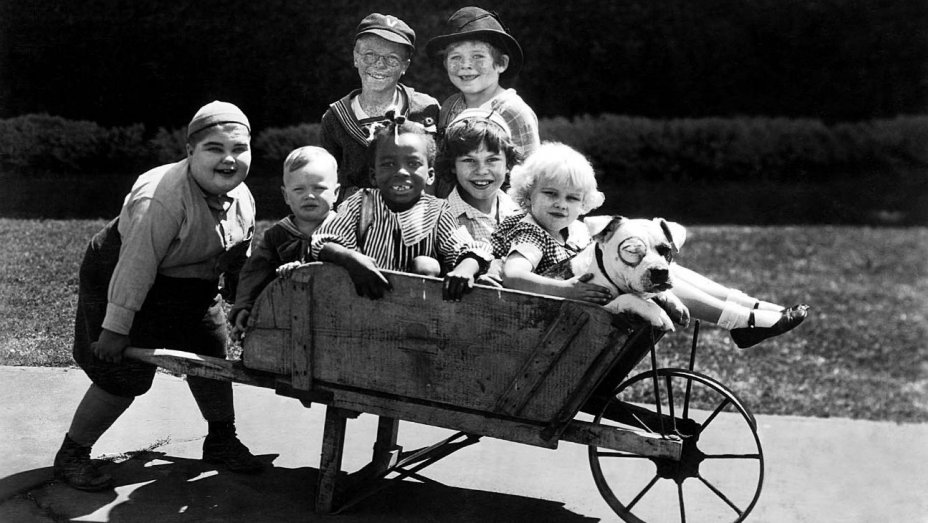
Besides the gang, everyone else went to talkies very easy—you want to hear about the first talking picture I made? I made the first (Roach Studio) talking picture to find out what it was about. We went into production, and after the first day of shooting, we all crowded into the projection room to watch the dailies. At the end of the first shot, I hear someone (off-screen) say, “That’s good.”
Then the second shot came and at the end of the shot, we hear the same voice yell at the end of the scene “That’s good.” I got mad. Who was on the set telling everyone that the shot was good? That was my job. Then the script girl explained to me that in these dailies when we hear, “It’s good,” that meant the scene was over, and I realized I was listening to my own voice ending the scene. All these years I was saying “that’s good” instead of “cut” and never knew it.
Q: Your feeling about the new process about making black-and-white into color?
A: In the U.S. you had TV programs that were B&W and programs in color and no one seemed to care, the question as I see it is—what does color (or anything) add to what you are trying to do? For example, color by itself does not add to the humor of the picture, maybe a musical that’s different.

Q: Can you talk about D.W. Griffith and his role in the making of One Million B.C.?
A: I was a friend of Griffith’s since 1914. He was the greatest director there ever was … he went East, was gone for several years, then was a partner with big shots like Chaplin—he came back to California, and we met for lunch. From that day on, every day he was at my studio. We often had lunch together, and I was told that when he did not have lunch with me he did not eat. One Million B.C. was a silent picture so I was the person to direct it because it had no dialogue. I was making comedies except this. And I said to Griffith, “Would you like to help me?” I’m trying to get him back into the film business. He said the first thing he needed in the story was a girl, and we got Carole Landis. And then he saw the dailies and would call me and we’d talk about those. There was never any thought about him directing.

Q: How do you feel about Buster Keaton?
A: Buster Keaton was a friend of mine for years and years. I won $10,000 at his house and I’m the lousiest poker player in the world. He was a hell of an acrobat but he played an incredibly tough character to play and about 75% of the laughs he got were not from him but from the props, like a train about to hit a house. He was a very good entertainer off the screen as well, and he married Talmadge, and so he was well situated, but that straight-face thing was hard to do because he could never change expression.
Q: Can you talk about Charlie Chase?
A: Chase was one of the most successful comedians that ever worked for me, but his biggest enemy was booze. And he never drank at the studio—he never drank when he was working but booze was his downfall. Charlie was the easiest man to work with, he did a series for me every year for several years. He was at Mayo Hospital because he drank so much he had to get a new exit for his stomach, and one of the Mayo brothers called him and said that the hospital had never had so many people laughing, because of Chase, he was sending out bulletins—this is a little dirty … okay, not too dirty—everyone is waiting for him to pass wind, so he sent out invitations to everyone for the first time he could do this. He was a funny man on and off the screen, he was a pleasure to be with, but at Mayo they said, “One more drink and you’re dead,” and he was two weeks away from the hospital when he started drinking again, he only lasted a few months after that.
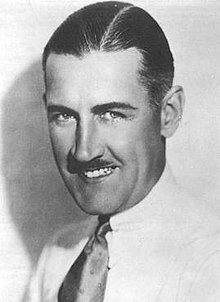
Q: Did you choose supporting characters?
A: Not usually, that was the job of casting office and they would figure that out ahead of time, they would check on who was available, or which of three actors available do you want? Unless they were under contract. Jimmy Finlayson, the writers would write a part for him. [Hal Roach looks at his watch] It’s now five minutes after my bedtime.
Q: Tell us how you made use of the streetcar system for your films.
A: How? Let me tell you a story about that. There was a strike, and we were making a picture, but there was no motorman or conductor, so they just said do what you want with the streetcar. You know, we didn’t shoot one foot of film that day. All I did was drive a streetcar all over Los Angeles, and we finally got if off the track, then we got stuck in a swamp, we had to send somebody to get us out, and all the cast were covered with makeup, but all day I drove it, and we finally went to the beach and had a wonderful time.
Q: Did Laurel and Hardy do their own stunts?
A: Some stunts are very dangerous. In the latter days, we had doubles for everybody, Hardy could do falls if he wanted to, but sometimes we didn’t let him do it, but any big falls, we had doubles do them.
The program wraps up and Hal Roach gives a concluding speech:
Only one more thing, I was a little disappointed—here we are in England, and I want to talk about tomorrow, and that all these questions are about ancient things, what I want to do is get some enthusiasm about what you are going to do in London in pictures and TV in the future, not the past…I thank you very much for coming.
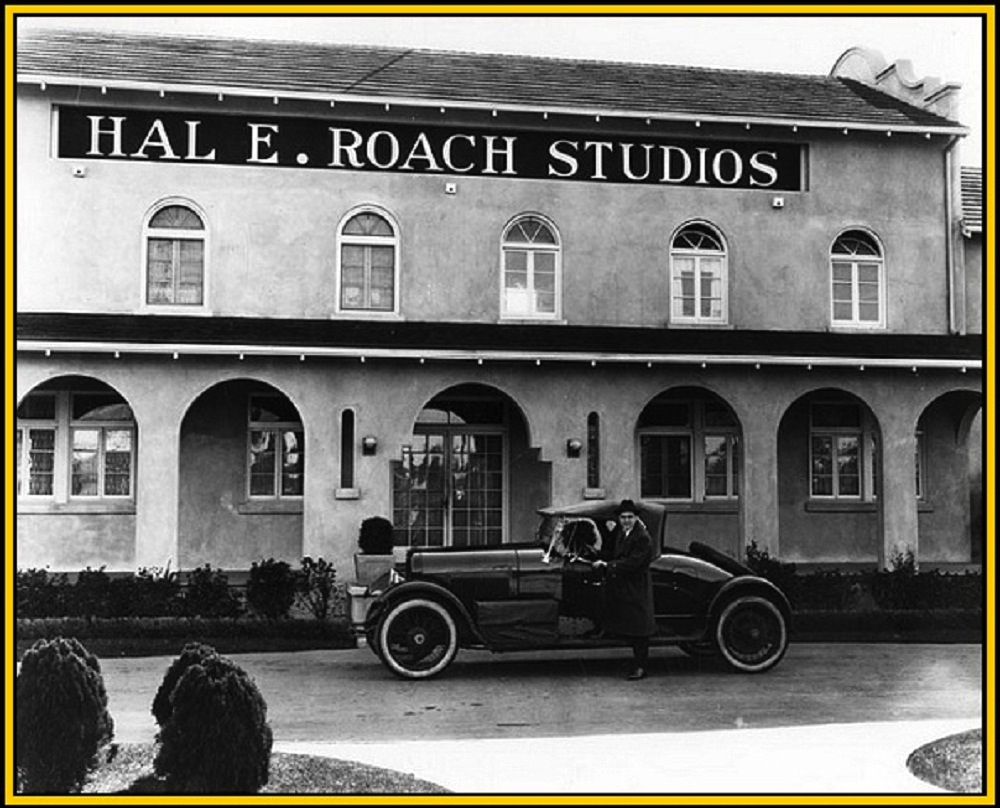
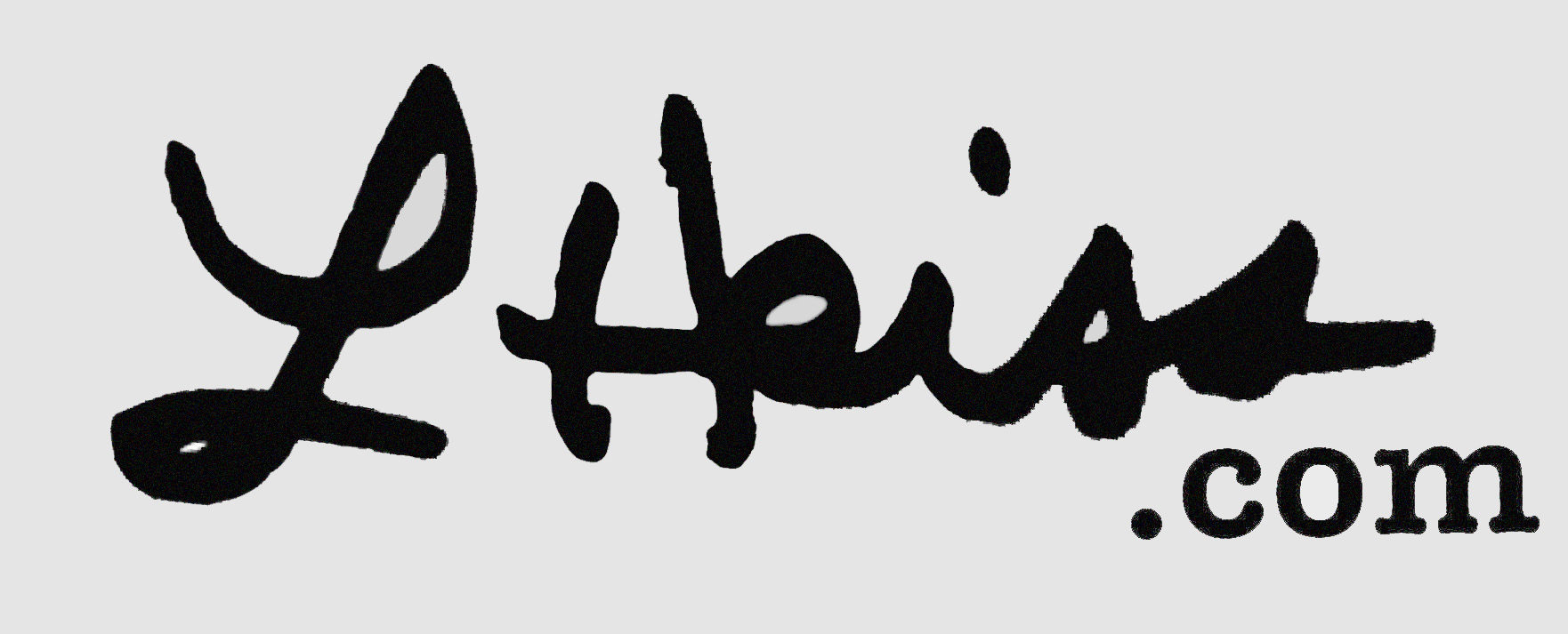


7 thoughts on “An Evening With Hal Roach (London, 1986)”
A real gem of a story. Amazing you got to hear him before he died.
In 1986 I saw Hal in a flat in Knightsbridge which he must have been staying in, he had pictures of himself and laurel and Hardy in the hallway, great memories.
Good work, glad you did this. It all comes back to me now. I have a photo with me, Hal, and David Robinson taken before the event. I prepped David on his questions. In London that time we stayed at the Park Lane Hilton. Hal’s “girl friend” was the widow of Conrad Hilton, and I promise the Queen nearby should receive the kind of service we got! You state there were mistakes, but the only one I saw concerned the amount of time Charley Chase lasted after returning from the Mayo Clinic. Hal was off by almost a decade. But I think Hal was correct when he said Charlie Chaplin lived at the LAAC during the Essanay period. And the text here makes it appear that Hal was confusing Laurel with Hardy when talking about how they got their start. I assure you, he never made that mistake. The way he spoke, his mind was so fast, he would often jump ahead, skipping things, or garbling words, and that’s what happened here. In any case, his hearing was always bad, and we both had jet lag that day….When he spoke about being an actor, the two films he referenced but did not name were PARDON US (1931) and NUMBER, PLEASE? (1920). There were others where he did cameos, like one of the early Toto shorts. He is pictured in a lobby card but I can’t recall the title….Lots more I could say. It would fill up several books.
Thanks Richard…yeah, it’s always hard to transcribe this kind of Q&A because what they are literally saying is not always what they MEAN. I took this off a cassette tape and tried to minimize my editing. I think if one reads it as someone speaking contemporaneously, it makes sense, at least most of it makes sense. And I don’t want to edit something in that he didn’t say and create a mistake on my own, so for the most part I wrote what he said. Thanks for your feedback!
In 1986 I saw Hal in a flat in Knightsbridge which he must have been staying in, he had pictures of himself and laurel and Hardy in the hallway, great memories.
I was privileged to interview Mr. Roach twice in his home in 1981. Thank you for publishing this; his comments are always interesting.
Just crazy to see this a wonderful find.